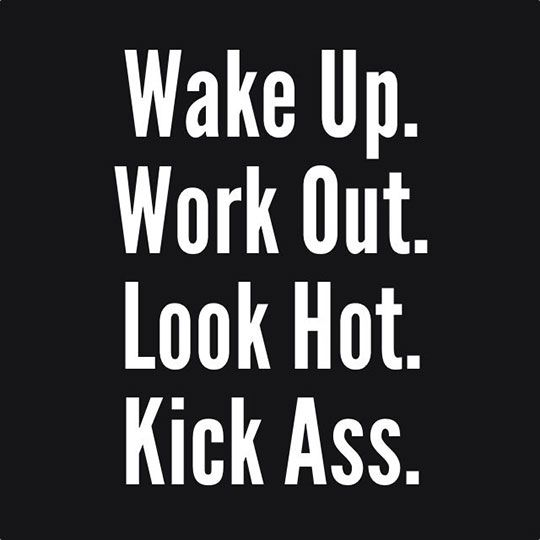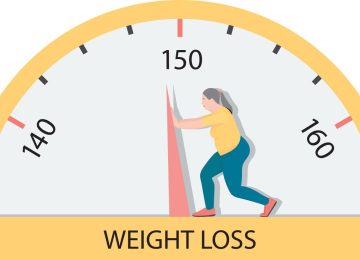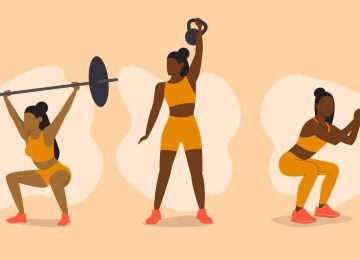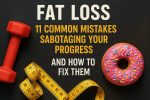
3. Your rate of perceived exertion (RPE)
Real talk. How hard did you work today? To decide, many fitness experts recommend using the Borg Rating of Perceived Exertion scale, which goes from 6 (no exertion, like watching TV) to 20 (maximal exertion, like sprinting up a steep hill).
To rate your effort, think about questions like these: Could you hold a conversation for the duration of the workout (up to about 13 on the Borg scale), or were you breathing hard enough to make talking difficult (15 or greater on the scale). Be honest with yourself to find your RPE. Twelve to 17 is the sweet spot for most workouts.
4. Your heart rate
If you like to crunch numbers, tracking your heart rate with a heart rate monitor can provide something a little more concrete than your RPE. Start by finding your estimated maximum heart rate. The American Heart Association suggests doing this by subtracting your age from 220. If you’re 35 years old, 185 beats per minute is your maximum, which you’d likely hit at an RPE of 17 on the Borg scale, for example.
Keep in mind that after a workout, a healthy heart will return to its normal resting rate pretty quickly, Kanaley says. If your heart rate stays elevated for hours after working out, you may be overtraining. If that’s the case, be sure to cool down, hydrate, and fuel your body properly before and after exercise. “People forget that recovery is really important,” Kanaley says. “Sometimes you need to take a day off not just physically, but mentally too.”











